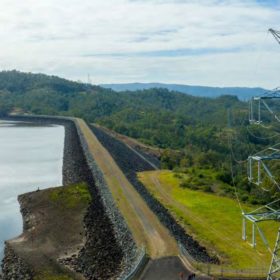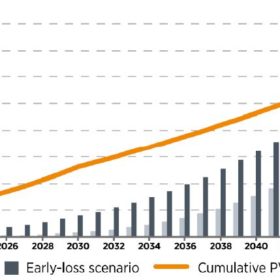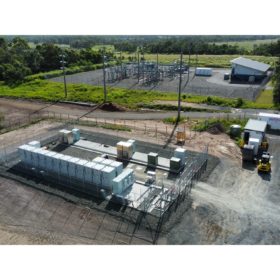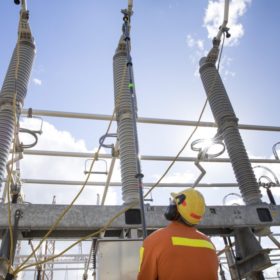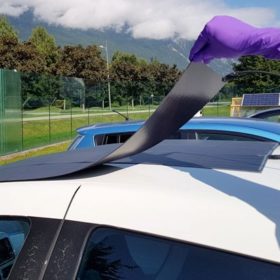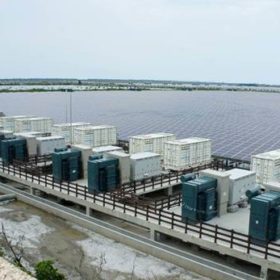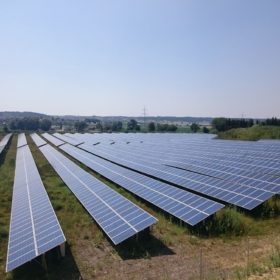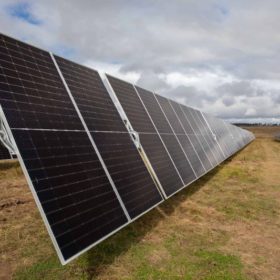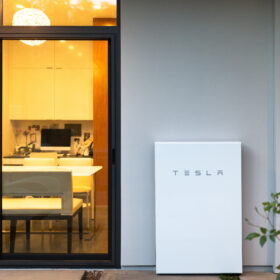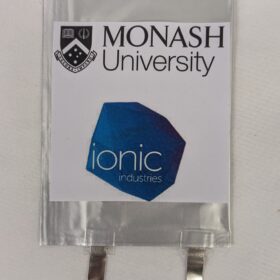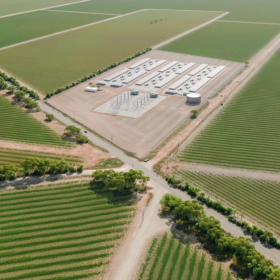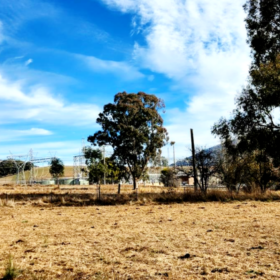Queensland warned more work needed to deliver energy transition
The release of Queensland’s $62 billion energy and jobs plan which would shift the state away from coal power by 2035 has been broadly welcomed but the resources sector has warned the government has plenty of work to do to attract the large-scale investment required to implement the strategy.
IEA PVSP predicts high-cost, low-revenue scenario for solar recycling
A recent report by the International Energy Agency Photovoltaic Power Systems Programme (IEA PVSP) reviews the current regulatory and industrial landscape for end-of-life PV management in Germany, France, Italy, Spain, Japan, South Korea, China, Australia, and the United States.
Queensland charges ahead with big battery rollout
A new $8 million large-scale, network-connected battery at Tanby on Queensland’s Capricorn Coast is expected to help facilitate the continued integration of renewables, including rooftop solar PV, into the state’s energy system.
Tomago Aluminium ramps up renewable energy plans
New South Wales’ largest electricity user, Tomago Aluminium, is accelerating its plan to abandon coal-fired power, revealing it is looking to collaborate with key industry partners to develop new and innovative renewable power generation and energy storage projects.
New Zealand fast tracks approvals process for 147 MW solar farm
British renewable energy firm Harmony Energy’s plan to develop a 147 MW solar farm on the North Island of New Zealand has been fast tracked with the country seeking to accelerate the roll out of renewable energy generation projects as it strives to reach net zero by 2050.
Oz Minerals moves on plans for ‘world’s largest’ off-grid hybrid project
South Australia resources company Oz Minerals has given the green light to a $1.7 billion copper and nickel project in Western Australia that is to be powered by a mix of solar PV and wind generation which the miner believes will become one of the largest, off-grid hybrid projects in the world.
Vehicle-integrated solar kit may reduce frequency of recharging by 14%
Developed by the French research institute Liten, the prototype kit consists of a 145 W PV panel, a magnetic rear panel, and an MPPT charge controller. It also includes a battery and a micro-inverter that can be used to inject the stored energy into the grid when the vehicle is recharged.
Taiwan’s largest battery comes online
United Renewable Energy has energised a 15 MW/15 MWh battery energy storage system connected to a 150 MW solar park located near the southern Taiwanese city of Tainan.
IRENA highlights solar critical to ASEAN energy transition
Indonesia will have to get to work installing more than 24 GW of solar this year – and every year – if the region is to achieve the 2.1 TW to 2.4 TW of photovoltaics the International Renewable Energy Agency has estimated it will require to achieve a net zero carbon energy system by 2050.
ACEN adds $140 million to support 20 GW portfolio strategy
ACEN Australia declared the first stage of the 720 MW New England Solar Farm is on track to commence commercial operations in 2023 while announcing it has secured a $140 million loan agreement that will help grow its renewables capacity in the Asia-Pacific region to 20 GW by 2030.
